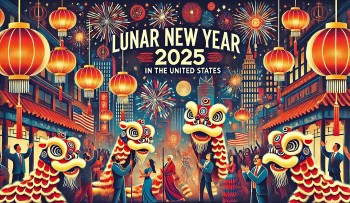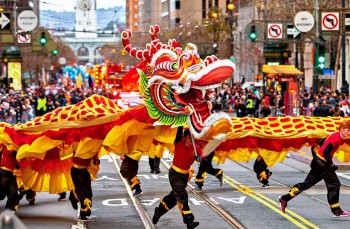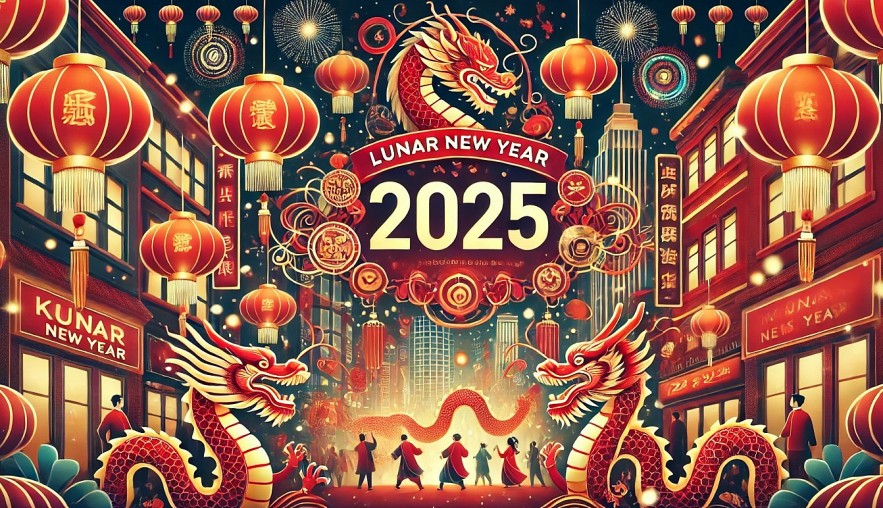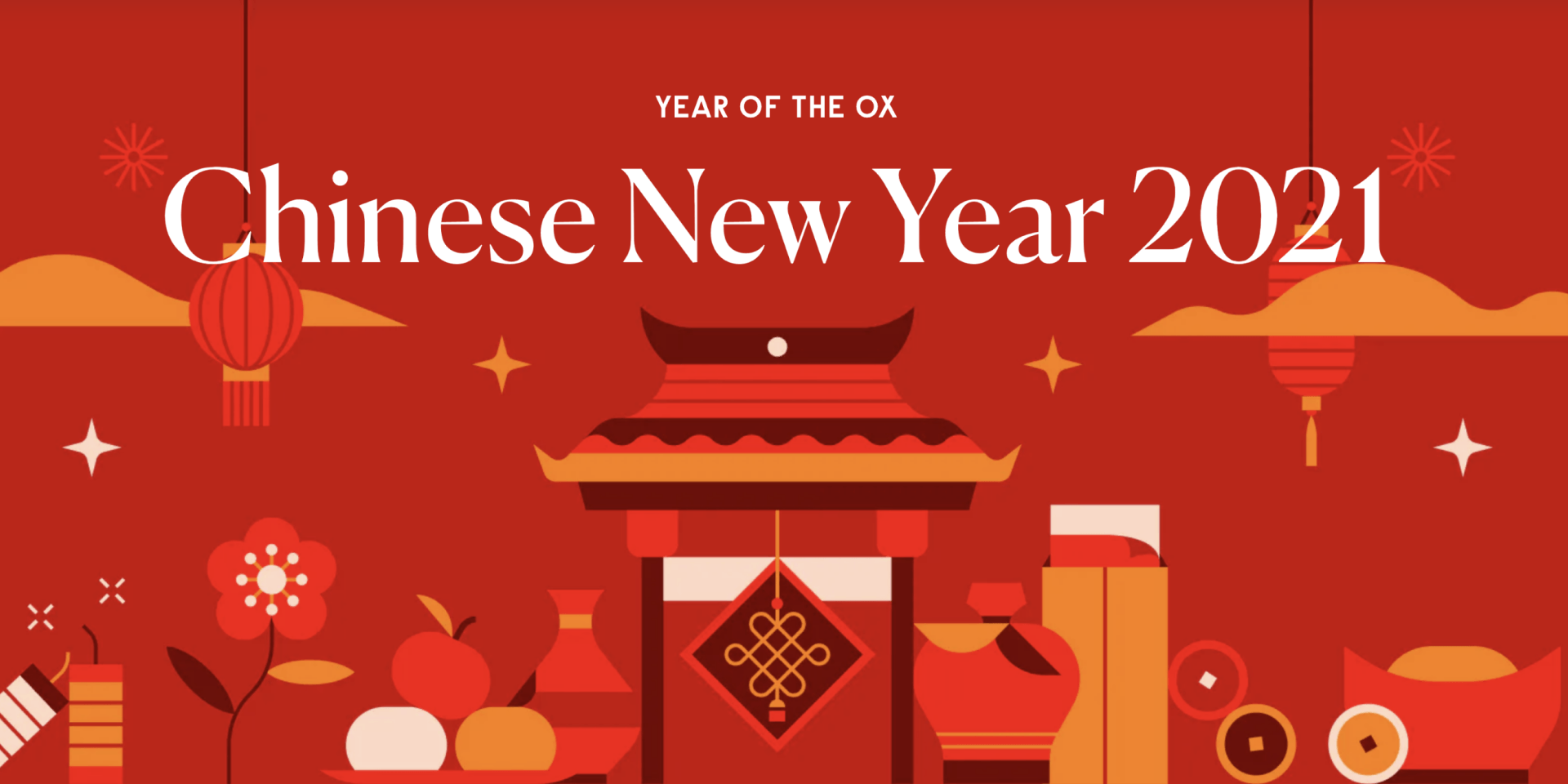List of Countries and Communities to Celebrate Lunar New Year Around the World
 Lunar New Year 2025 in the U.S.: Dates, Locations, Significance, Communities, Big Events, and More Lunar New Year 2025 in the U.S.: Dates, Locations, Significance, Communities, Big Events, and More |
 Who Celebrates Lunar New Year in the United States? A Comprehensive Guide Who Celebrates Lunar New Year in the United States? A Comprehensive Guide |
 |
| Lunar New Year's Days 2025 |
In 2025, Lunar New Year falls on Wednesday, January 29, and heralds the Year of the Snake. This article delves into the details of the festival, covering its dates, locations, significance, traditional activities, and frequently asked questions (FAQs) for deeper insight.
1. Dates of Lunar New Year 2025
The Lunar New Year is determined by the lunar calendar, which is based on the moon's cycles rather than the solar calendar. It typically falls between January 21 and February 20. In 2025, the festival begins on January 29 and continues for 15 days, concluding with the Lantern Festival on February 12.
Key Dates:
• New Year's Eve: January 28, 2025
• First Day of Lunar New Year: January 29, 2025
• Lantern Festival (Final Day): February 12, 2025
Each year corresponds to one of the 12 animals in the Chinese Zodiac. 2025 is the Year of the Snake, associated with wisdom, intuition, and transformation. People born under this sign are thought to be resourceful, charming, and insightful.
2. Locations: Countries and Communities Celebrating Lunar New Year
The Lunar New Year is observed in several countries across Asia, each with unique customs and traditions. Beyond Asia, the festival is widely celebrated by Asian diaspora communities worldwide, often blending traditional and modern elements.
2.1. China
Known as the Spring Festival, the Chinese New Year is the most important holiday in China.
Celebrations include family reunions, ancestor worship, and traditional performances like lion dances.
The festival sees the largest annual human migration in the world, known as Chunyun, as people travel to their hometowns.
2.2. Vietnam
The Vietnamese Lunar New Year, or Tết Nguyên Đán (Tết), is a time to honor ancestors, welcome good fortune, and reconnect with family.
Unique customs include preparing Bánh Chưng (square sticky rice cakes) and offering them as gifts, as well as performing xông đất, where the first visitor of the year determines a household's luck.
2.3. South Korea
Known as Seollal, the Korean Lunar New Year focuses on family and tradition.
Families perform ancestral rites (charye) and eat tteokguk (rice cake soup) to symbolize growing a year older.
Traditional games like yutnori are played, and younger family members bow to elders to show respect and receive blessings.
2.4. Other Countries
Mongolia: Celebrated as Tsagaan Sar, with feasts and rituals to honor elders.
Malaysia, Singapore, and Indonesia: These nations feature colorful parades, lion dances, and temple visits, thanks to their large Chinese communities.
Japan: Though Japan switched to the Gregorian calendar, remnants of Lunar New Year traditions are observed in Okinawa and by Chinese expatriates.
2.5. Global Celebrations
United States and Canada: Cities like San Francisco, New York, Vancouver, and Toronto host vibrant parades and festivals.
Europe: London’s Chinatown sees massive celebrations, as do Paris and Berlin.
Australia and New Zealand: Cities like Sydney, Melbourne, and Auckland host cultural performances and food fairs.
3. Significance of Lunar New Year
The Lunar New Year is steeped in cultural and spiritual significance, representing renewal, prosperity, and gratitude.
3.1. Symbolism of Renewal
The festival marks the end of winter and the beginning of spring, symbolizing fresh starts.
Cleaning homes and resolving disputes reflect the desire to clear away bad energy and welcome positivity.
3.2. Family and Ancestral Connections
Families come together for reunion dinners, and rituals honor ancestors, emphasizing respect for family heritage and continuity.
3.3. Themes of Luck and Prosperity
Red, the dominant color of the celebrations, symbolizes good fortune and protection from evil spirits.
Practices like giving red envelopes filled with money (ang pao or lì xì) represent blessings for wealth and happiness.
3.4. Astrological Significance
The Year of the Snake is believed to bring opportunities for personal and professional growth. Those born in this year are thought to possess wisdom, charm, and a keen sense of intuition.
4. Activities During Lunar New Year
4.1. Preparations
Cleaning: Homes are thoroughly cleaned to rid them of bad luck.
Decorating: Red banners, lanterns, and couplets with auspicious phrases adorn homes and public spaces.
4.2. Foods and Feasts
Food plays a central role, with each dish carrying symbolic meaning:
Dumplings: Resemble gold ingots, symbolizing wealth.
Fish: Represents abundance.
Sticky Rice Cakes: Signify family unity and prosperity.
Rice Cake Soup (Korea): Eaten for longevity and aging a year.
4.3. Cultural Performances
Lion and Dragon Dances: Performed to drive away evil spirits and bring luck.
Fireworks: Symbolize warding off misfortune.
4.4. Family Reunions
New Year’s Eve dinners bring families together, often the highlight of the festival.
4.5. Lantern Festival
The final day features lantern displays, parades, and dragon dances, celebrating unity and hope.
Conclusion
The Lunar New Year 2025 is a time to embrace family, honor traditions, and look forward to a prosperous future. Celebrated across Asia and by communities worldwide, it is a vibrant and meaningful festival steeped in history. As the Year of the Snake unfolds, the values of wisdom, renewal, and unity continue to shine, making this ancient festival relevant and cherished in the modern world.
FAQs About Lunar New Year
Q1. Why does the date of Lunar New Year change every year?
The Lunar New Year follows the lunar calendar, which is based on the moon’s cycles. The first day of the lunar year falls on the new moon between January 21 and February 20.
Q2. What is the significance of the Year of the Snake in 2025?
The Snake symbolizes wisdom, intuition, and transformation. People born under this sign are believed to be strategic thinkers and adaptable problem-solvers.
Q3. What are some traditional Lunar New Year greetings?
- Chinese: “Gong Xi Fa Cai” (Mandarin) or “Kung Hei Fat Choi” (Cantonese), meaning “Wishing you prosperity.”
- Vietnamese: “Chúc Mừng Năm Mới” (Happy New Year) or “An khang thịnh vượng” (Peace and prosperity).
- Korean: “Saehae Bok Mani Badeuseyo” (Receive lots of luck in the new year).
Q4. What is the significance of red envelopes?
Red envelopes, filled with money, symbolize blessings, good luck, and protection from evil spirits. They are typically given by elders to children and unmarried relatives.
Q5. Are Lunar New Year celebrations the same everywhere?
While the themes of family, gratitude, and renewal are universal, each country has unique customs. For instance, Chinese celebrations emphasize lion dances and fireworks, while Korean Seollal includes traditional games and ancestral rites.
Q6. Can non-Asians participate in Lunar New Year celebrations?
Absolutely! Many communities welcome people of all backgrounds to enjoy the festivities, learn about traditions, and celebrate the universal themes of joy and renewal.
 30 Dos and Don'ts to Get Good Luck on Lunar New Year 30 Dos and Don'ts to Get Good Luck on Lunar New Year With the Lunar New Year right around the corner, now’s the perfect time to up the good fortune ante. Here are 30 dos and don'ts ... |
 Top 15 Taboos and Superstitions During New Year And Spring Based on Feng Shui Top 15 Taboos and Superstitions During New Year And Spring Based on Feng Shui For this particular occasion, there are many customs and traditions that date back thousands of years, along with taboos and superstitions. |
 10 Best Decoration Ideas for Lunar New Year 10 Best Decoration Ideas for Lunar New Year Chinese New Year, also known as Lunar New Year or Spring Festival, is China's most important festival. Haven't got any ideas for decorations? |
 How Lunar New Year Celebrated Around The World: Traditions And Customs How Lunar New Year Celebrated Around The World: Traditions And Customs Chinese (Lunar) New Year falls on the same day but different countries have different ways to celebrate. Let's take a look at how it is ... |


























